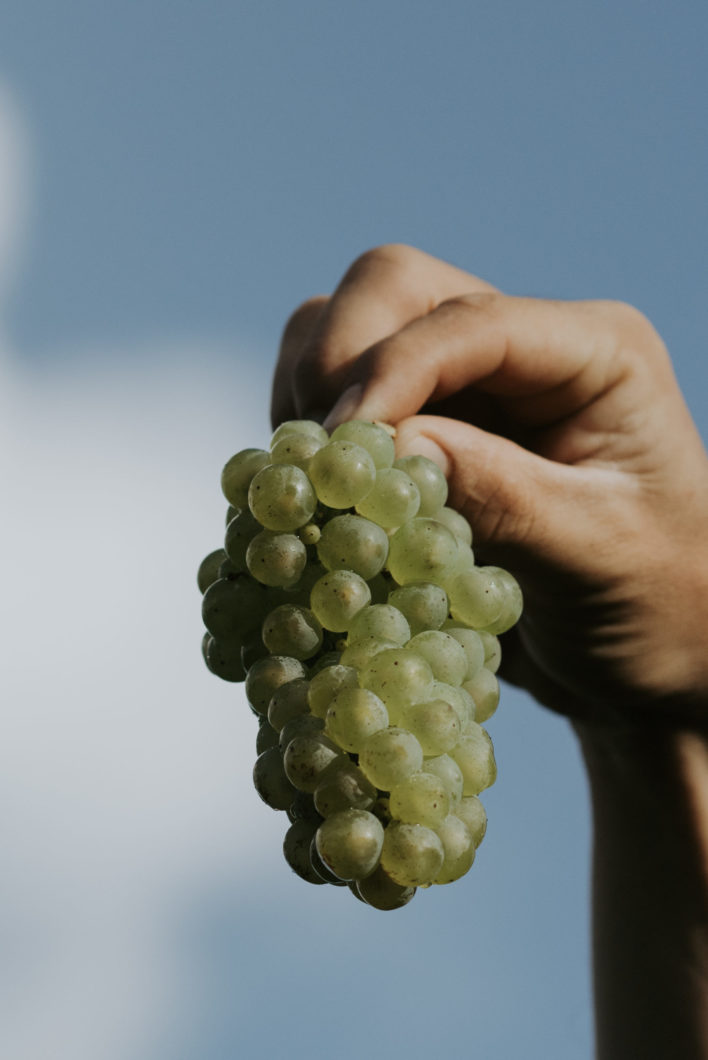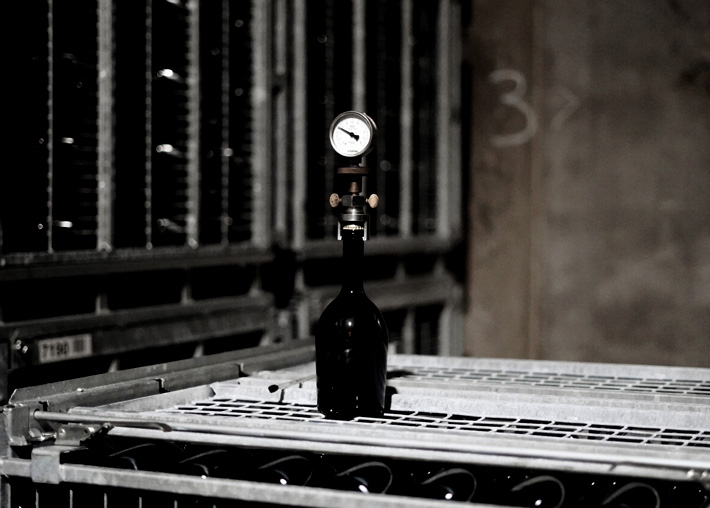The finest equipment has been imported from Europe to ensure the ultimate in quality is maintained throughout every critical step of the Méthode Traditionnelle process. The in house facilities allow for complete control over pressing and fermentation, tirage, secondary fermentation and bottle ageing, riddling, disgorgement and labelling.
Méthode Traditionnelle
Making Idée Fixe
Idée Fixe is made following the detailed Méthode Traditionnelle process, with its secondary fermentation and extended ageing on lees completed in bottle. The sparkling wine facility is fully equipped to complete every process from grape to final labelling within the walls of the house and is one of only a handful of its kind in Australia.

Our Team
Michael Langridge
Michael (Mick) Langridge joined Vasse Felix in October 2010, bringing with him years of experience as a winemaker in Margaret River since 1997. Mick worked as Senior Winemaker with Vasse Felix Chief Winemaker Virginia Willcock for over a decade, with a significant focus on Vasse Felix’s celebrated Chardonnays. He spearheaded the development of the Blanc de Blancs since 2012. At Idée Fixe, Mick is tasked with designing and delivering the house’s Méthode Traditionnelle program and ensuring every bottle of the Blanc de Blancs is of the finest quality.
The Process
Harvest
The Chardonnay blocks are harvested by hand when the grapes reach a suitable balance between acidity, sugar and flavour. Typically, this takes place from late January or early February, to late February or early March, depending on the season. The fruit is chilled overnight before it is gently whole-bunch pressed.

Pressing & Primary Fermentation
The grapes are pressed in small batches and the premium cuvée juice is extracted following a champagne cycle, which takes place over a four hour period. The juice is transferred to small format stainless steel tanks to settle and clarify for 48 hours, before it is racked bright to a fermentation vessel (stainless steel or aged French oak) to become one of the many base wines. A portion is wild fermented. The decision about whether to proceed with natural malolactic fermentation to soften the acidity is made by batch.
Tirage & Secondary Fermentation
The base wines for the Premier Brut and Rosé rest for four to five months in their fermentation vessels. (Reserve batches remain for longer, on their own unique journey.) The finished wines are assembled after meticulous tasting and trial-blending, before they are sweetened and specially selected yeast is added, in preparation for tirage (bottling). Sealed with a crown cap, the wine is ready to undertake its secondary fermentation in bottle. This is a six to eight week process during which the bubbles are formed.

Rest, then Riddling
The Blanc de Blancs completes 18 to 30 months of maturation on lees in bottle, held at a consistent temperature of 15 degrees.
When ready, the Blanc de Blancs undergoes careful riddling to gently move the yeast lees towards the bottle neck for disgorging. The Premier Brut is disgorged in batches approximately eight to twelve weeks prior to release to allow maximum time on lees in the bottle.
Disgorgement
The final stage of making Blanc de Blancs is disgorgement, the process of removing the yeast lees and adding its dosage, a house liqueur to finesse the balance and structure. The disgorged wine is placed in crates where it will rest for at least eight to twelve weeks until labelling.
Labelling
Now ready to be released to the world, the Idée Fixe Blanc de Blancs is labelled and packed into cartons for its journey to fine wine retailers and restaurants.
